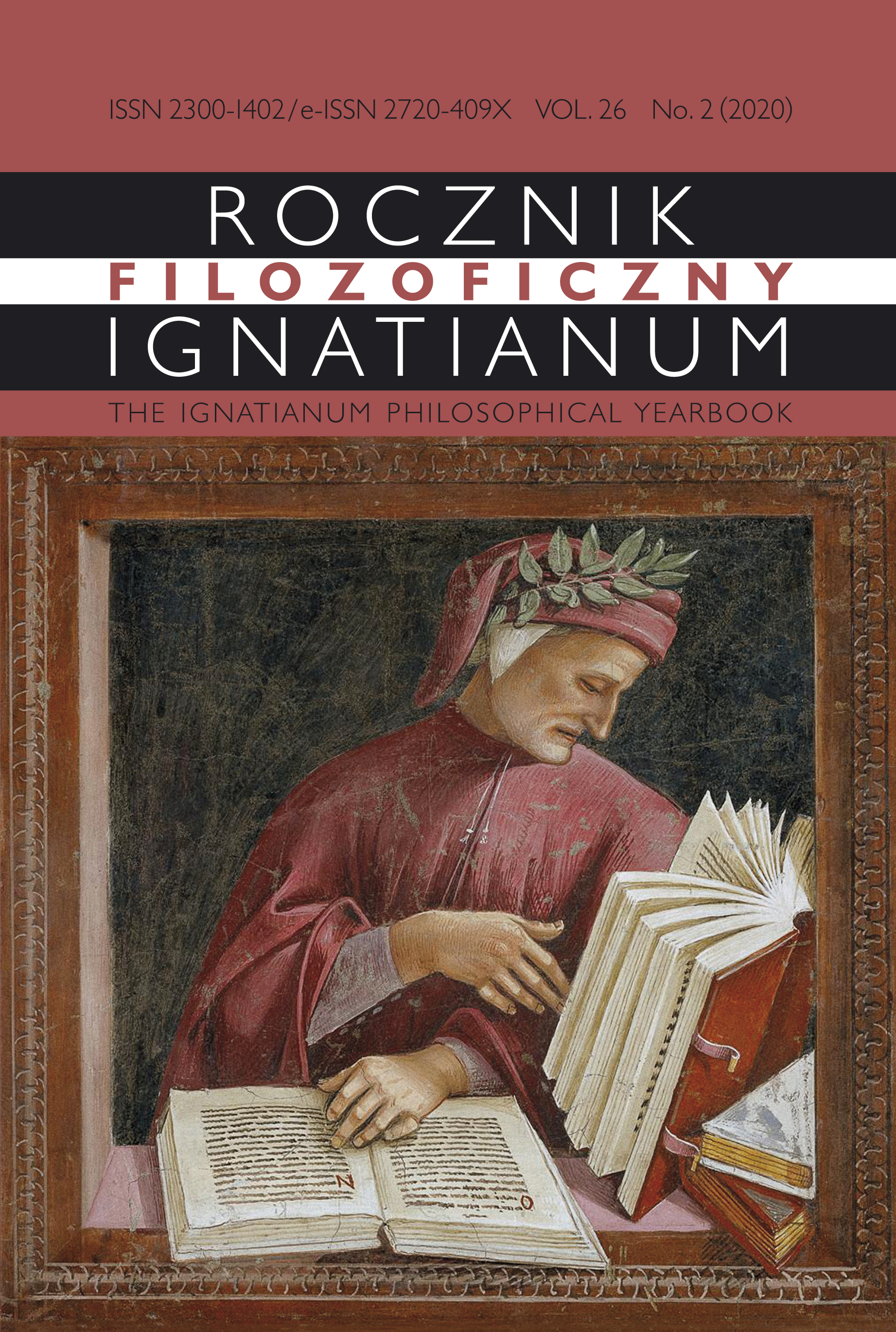Around the Dispute about the Origin and Tradition of Lajkonik
Abstract
The article presents hypotheses about the origins of the tradition of Konik Zwierzyniecki’s march, also known as the Lajkonik, formulated over the course of about 200 years, as well as possible cultural connections of the Krakow custom with traditions and rituals developed by other communities. Due to the so far unexplained origin of the Lajkonik character and numerous scientifically acceptable historical and cultural interpretations of the horse costume used in the procession, the article also attempts to perform a comparative analysis of similar folklore phenomena on the basis of examining symbolic connotations. The introduction presents the multifaceted symbolism of the horse in European culture and the use of its character in various folk rituals, mostly of a religious or apotropaic character. The main part of the text presents the history of the evolution of scientific views on Lajkonik and distinguishes the most important, possible interpretations of the Konik Zwierzyniecki puzzle. The aim of the article is to systematize and collect the hypotheses outlined so far, but dispersed in numerous publications, regarding the origin, cultural and historical significance of the Lajkonik march. The direct subject of the analysis are the monographic studies, diaries, memoirs, protocols and scientific articles presented in the footnotes and bibliography, analyzed by using the comparative and analytical-synthetic method. Although the article does not provide an explanation of the Lajkonik phenomenon, it is a scientifically significant collection of historical, cultural, linguistic and ethnological information on the Krakow custom and similar European traditions. Due to the multifaceted approach to the subject and the presentation of seemingly unrelated scientific findings from separate fields, this text may also be used for further research aimed at unraveling and determining the genesis of the Krakow tradition of Konik Zwierzyniecki.
Copyright (c) 2020 Jesuit University Ignatianum in Krakow

This work is licensed under a Creative Commons Attribution-NoDerivatives 4.0 International License.
The Yearbook only accepts materials for publication that are free of all conflicts of interest, and that in no way involve conflicts over authorship, copyright, etc. The Editors will take action against any cases of plagiarizing, ghostwriting1, guest/honorary authorship2, etc. Where co-authored work is concerned, the Author listed first is expected to take responsibility for the submission, and is required to make clear the contributions of all of the Co-Authors involved. In the event of the publication owing its existence to funding dedicated to this purpose, this fact should be made clear: e.g. in any note of thanks/acknowledgement, or in a footnote, etc. Explicit notification should be given of any form of reprinting, with the appropriate evidence of permission to publish being furnished as required. Any impropriety on the part of Authors/Reviewers risks exposing them to appropriate responses from the relevant institutions.
______
1 This term refers to instances of a person who has made an essential contribution being omitted from the list of authors, or from notes conveying gratitude and/or acknowledgement.
2 This occurs when a person who has made either an insignificant contribution or no contribution at all nevertheless appears on the list of authors.





